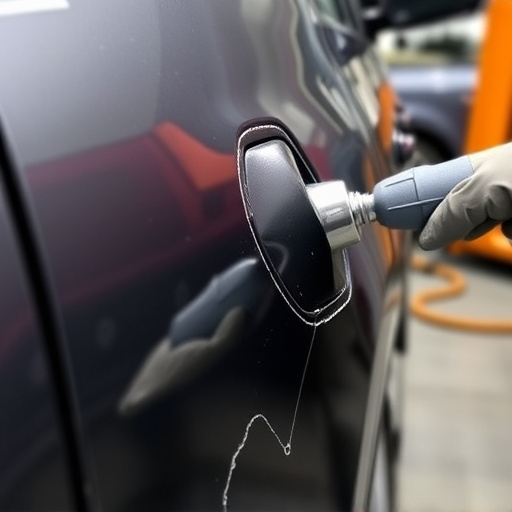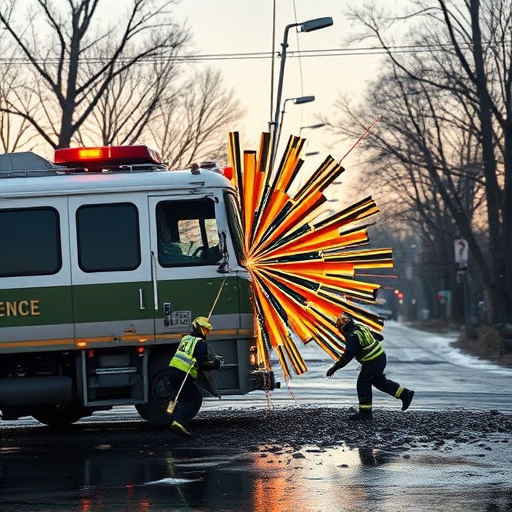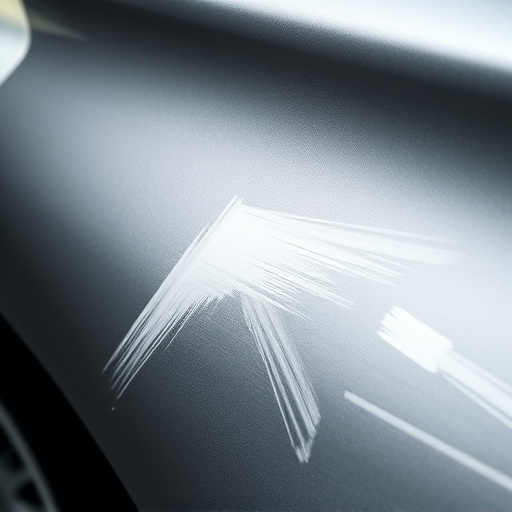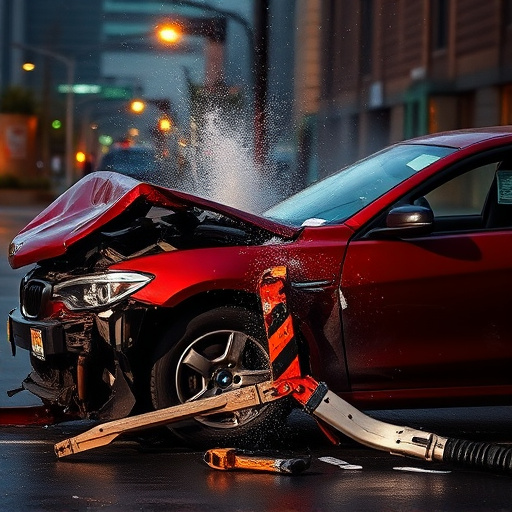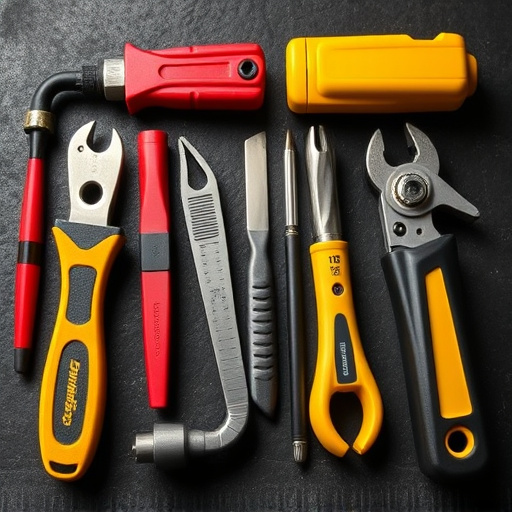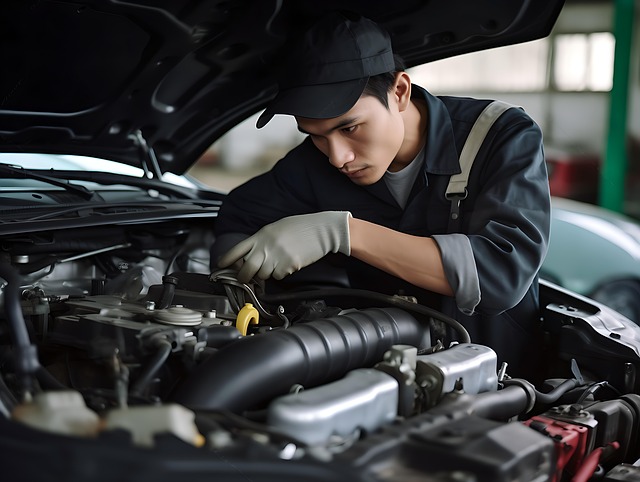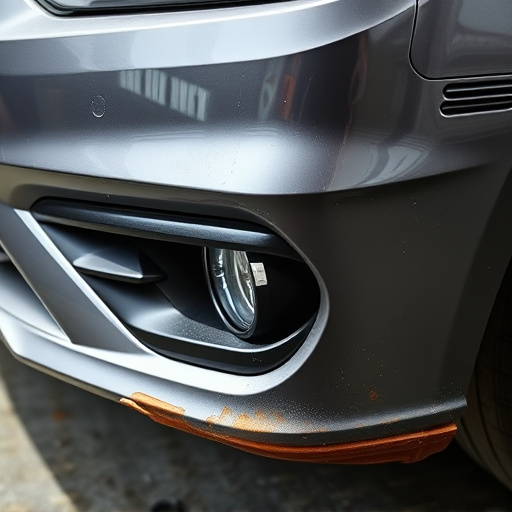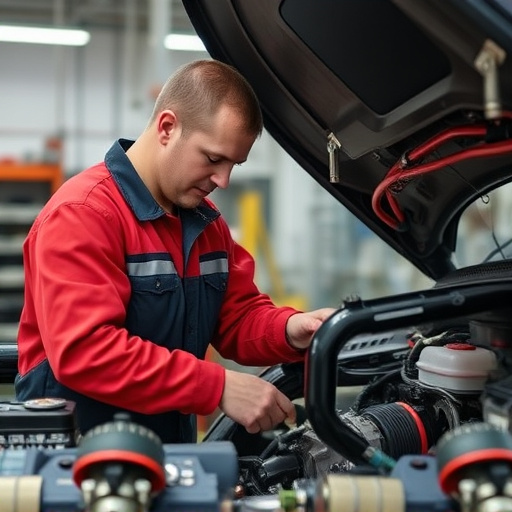Sun damage restoration involves meticulous assessment of skin changes like pigment shifts, texture abnormalities, and thickness alterations by automotive experts using specialized tools. Chemical exfoliation offers a gentle, precise method to reverse UV-induced issues, while laser therapy uses focused light beams to repair damaged skin, reducing wrinkles and uneven tone. Both techniques aim to achieve aesthetic improvement and structural integrity matching original conditions.
Sun damage restoration is a specialized process aimed at reversing the visible signs of photoaging. This article explores powerful tools and techniques employed in sun damage restoration, offering a comprehensive guide for achieving healthier, rejuvenated skin. From assessing sun-induced scarring to innovative treatments like chemical exfoliation and laser therapy, each method plays a crucial role in navigating the intricate path to restored radiance. Discover how these advanced techniques unveil and repair damaged layers, leading to a more even and youthful complexion.
- Assessing Sun-Induced Skin Damage and Scarring
- Chemical Exfoliation: Unveiling the Layers
- Laser Therapy: Precision Restoration Techniques
Assessing Sun-Induced Skin Damage and Scarring

Assessing sun-induced skin damage and scarring is a meticulous process that forms a critical step in sun damage restoration. Experts in automotive body shops and autobody repairs look for various signs, including pigment changes, texture abnormalities, and altered skin thickness. These indicators help determine the extent of damage and guide the selection of appropriate restoration techniques.
For instance, in classic car restoration projects, where vehicles are meticulously preserved, assessing sun damage involves close inspection with specialized tools to capture subtle variations. This thorough evaluation enables restorers to decide on strategies such as exfoliation, microdermabrasion, or more advanced laser treatments, ensuring the restored surface not only looks good but also achieves structural integrity akin to the original condition, if not better.
Chemical Exfoliation: Unveiling the Layers

Chemical exfoliation plays a pivotal role in sun damage restoration, acting as a powerful tool to reveal the rejuvenated layers beneath. This process gently removes the uppermost layer of damaged skin, exposing fresh, healthier tissue. By using specific chemicals with controlled strengths, collision repair shop experts can tailor the treatment to the extent of sun damage, ensuring minimal discomfort and optimal results.
In the realm of sun damage restoration, this technique is particularly effective for car bodywork that has been compromised by prolonged UV exposure. Auto body repairs often involve addressing discolored, leathery, or thickened skin—a direct consequence of excessive sun exposure. Chemical exfoliation offers a non-invasive solution, promoting the regrowth of smoother, more youthful-looking skin without resorting to harsh physical peeling methods.
Laser Therapy: Precision Restoration Techniques

Laser therapy has emerged as a highly precise and effective technique within the realm of sun damage restoration. This advanced technology utilizes focused beams of light to target and repair specific areas of the skin affected by UV exposure, offering a minimally invasive approach to rejuvenation. By promoting collagen production and breaking down unwanted pigmentations, laser treatments can significantly enhance the overall appearance and health of damaged skin.
Precision is key when employing these restoration techniques. Skilled professionals meticulously calibrate laser settings to avoid thermal damage while encouraging cellular repair. This meticulous process allows for the restoration of a more youthful complexion, reducing fine lines, wrinkles, and uneven skin tone associated with sun damage. As a specialized service within the auto repair domain—similar to how tire services and dent removal cater to different vehicle needs—laser therapy provides a cutting-edge solution for those seeking to reverse the effects of prolonged sun exposure.
Sun damage restoration is a multifaceted process that combines advanced tools and techniques, from assessing skin damage to innovative therapies like chemical exfoliation and laser treatments. Each method plays a crucial role in revealing healthier, rejuvenated skin beneath the surface of scars and discoloration. By understanding these techniques, individuals can navigate towards achieving a more even and radiant complexion, effectively reversing sun-induced aging.
